Homeless, jobless, and penniless, residents resist closure of the Philippines’ Boracay island
Residents and workers of the Philippines’ Boracay island are speaking out against the government’s order to shut down the world-famous resort destination for six months in order to carry out renovation work that includes the upgrade of the island’s obsolete sewerage system.
With the signing of Presidential Proclamation 475 on April 26, 2018, the country’s president, Rodrigo Duterte, placed Boracay under a state of calamity — a move which formalized the tourist island’s temporary closure, and which several groups are petitioning the court to invalidate.
Appellants at the Supreme Court questioned the constitutionality of what they deemed to be an arbitrary decision by the president. They also sought a temporary restraining order on the closure and eviction of businesses on the island.
Authorities have justified the shutdown as part of its efforts to purportedly “rehabilitate” the island amidst environmental woes. But after it was reported that the government had initially approved the construction of two mega casinos on Boracay, many people questioned this rationale.
Still, the closure has been pushed without any prior master plan for rehabilitation, or any strategy to minimize its effects on the livelihood of those who live and work on Boracay, many of whom will be forced to relocate. The massive lay-offs have already affected thousands of workers.
The Friends of Boracay Facebook page highlighted the negative effects of the shutdown on people’s lives — and livelihoods. These online testimonies have been included in the statements gathered by civil society organizations during a fact-finding and solidarity mission they conducted in and around Boracay and Aklan province between April 16-19, 2018.
Some of these organizations include Bayan-Aklan, Friends of Boracay, Tabang Aklan Action Center, Gabriela Panay-Guimaras, The Center for Environmental Concerns, the Iloilo Pride Team, and the National Union of People’s Lawyers.
One tour guide shared how the closure of Boracay will affect his family:
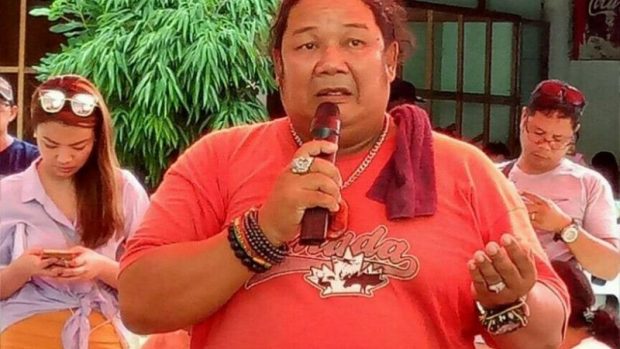
Photo by Friends of Boracay, used with permission by Global Voices.
A resident recounted the aggressive behavior of authorities who were sent to issue eviction notices to small businesses and resort owners on the island:
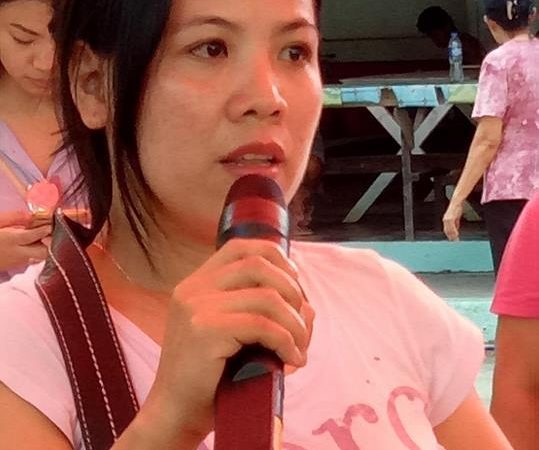
Photo by Friends of Boracay, used with permission by Global Voices
A single motor operator had a similar experience with the police:
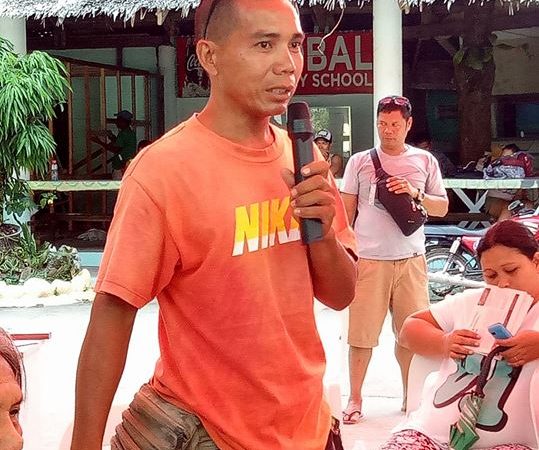
Photo by Friends of Boaracay, used with permission by Global Voices.
Sand artists insisted that it is the government’s own actions that created the problem in the first place:
One Facebook post echoed the views of many who are concerned about the plight of the displaced:
“As an advocate for the environment I want it rehabilitated too… BUT I BLEED MORE for the people who are affected by the closure because of lack of planning and foresight on the part of the government in ensuring that safety nets are in place prior to closedown.”
According to the initial fact-finding and solidarity mission report, 40% of the island’s population have received notices to self-demolish and vacate their residences. These notices came from state employees who were accompanied by heavily-armed policemen, over 600 of which have been deployed to the island days ahead of its scheduled closure.
In response to the outcry, President Duterte has threatened the permanent closure of Boracay — but workers, residents and their supporters are not backing down. They continue to defend their livelihoods, and oppose the entry of big casinos into the island. # (Karlo Mongaya/Global Voices)
(This article was originally published by Global Voices. Kodao is a Global Voices’ Philippines partner.)


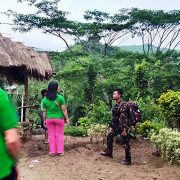

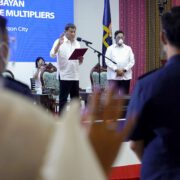
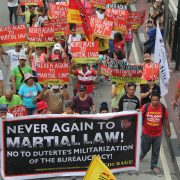
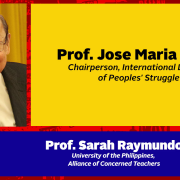

Leave a Reply
Want to join the discussion?Feel free to contribute!